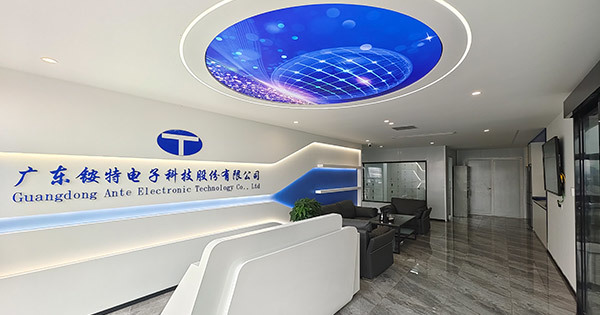In what fields do circuit boards play a key role?
Circuit boards, the core components of modern electronic devices, are widely used in all aspects of our daily lives. From computers to mobile phones to medical devices, circuit boards play a vital role. It not only ensures the stable transmission of signals in the communication field, allowing information to be exchanged efficiently and accurately between various devices, but also promotes the prosperity of smart devices in the consumer electronics field. Complex devices such as watches and game consoles cannot do without its support.
Mar 05,2025
Circuit boards, the core components of modern electronic devices, are widely used in all aspects of our daily lives. From computers to mobile phones to medical devices, circuit boards play a vital role. It not only ensures the stable transmission of signals in the communication field, allowing information to be exchanged efficiently and accurately between various devices, but also promotes the prosperity of smart devices in the consumer electronics field. Complex devices such as watches and game consoles cannot do without its support.
In the industrial and medical fields, the importance of circuit boards is particularly prominent, as they provide precise control and operation for these key devices. At the same time, circuit boards are also widely used in the military and aerospace fields to ensure the smooth operation and high reliability of their systems. The same is true for the automotive industry, especially today when smart car technology is developing rapidly, the importance of circuit boards is becoming more and more prominent. So, in the face of such a variety of application scenarios, how do circuit boards flexibly respond to and meet different needs? This is due to the rugged and durable characteristics of rigid PCBs (printed circuit boards), which make them suitable for most electronic devices.
On the other hand, flexible PCBs, with their unique bendability, are very suitable for devices with limited space or that require flexible wiring. Rigid-flexible PCB combines the advantages of both, retaining the stability of rigid boards and the flexibility of flexible boards, making it very suitable for medical and military fields. For high-frequency applications, such as communication equipment, high-frequency PCBs are crucial. In addition, aluminum-backed PCBs are mainly used in high-power devices, such as LED lamps, and their excellent heat management capabilities ensure the stable operation of the equipment.
With the rapid development of technology, new-generation PCB products are also making breakthroughs. The technological innovations of miniaturization of vias and refinement of wires make PCBs more powerful and more compact. At the same time, the integration of laser technology and nanotechnology has pushed PCB technology to a new height. Every technological leap in circuit boards is leading the booming development of the electronics industry.
From home appliances to industrial equipment, to scientific research and national defense, circuit boards play an indispensable and important role and are the cornerstone of modern technology. With the continuous emergence of new materials and new technologies, we have every reason to expect that circuit boards will continue to shine on the road of future technological innovation.












